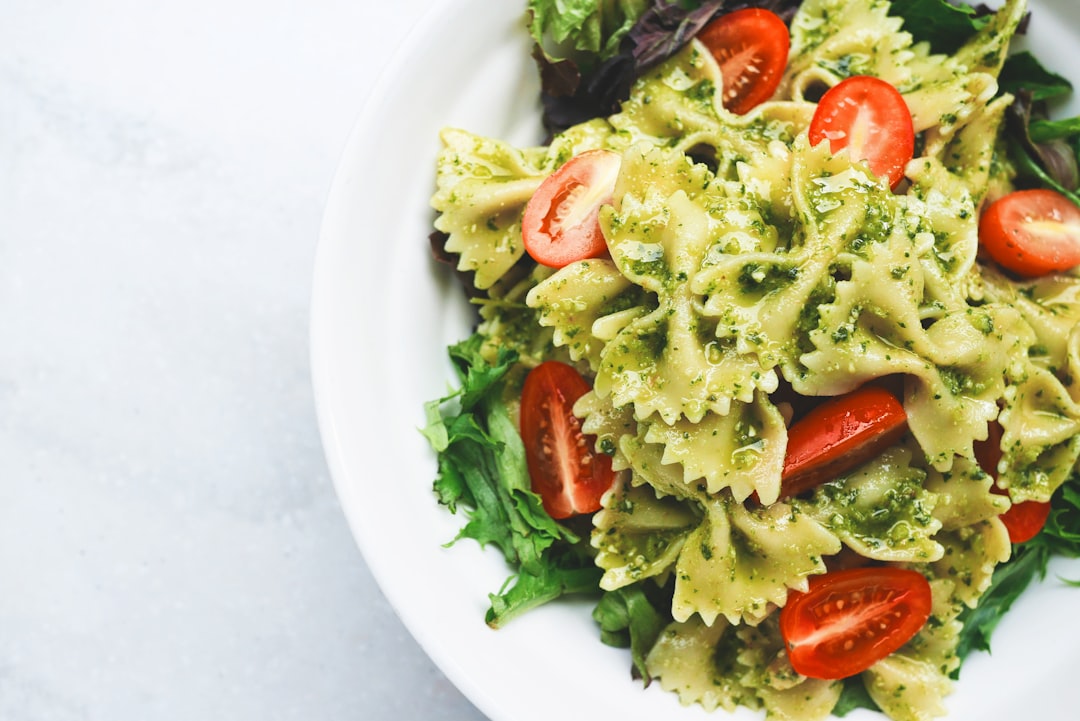
How to Eat Like a Local: A Culinary Journey Through Travel
# Introduction. Exploring a new destination often encompasses a journey into its culinary scene. Food is not just sustenance; it is a window into the local culture, traditions, and lifestyle. Eating like a local allows travelers to experience authentic tastes, engage with residents, and make lasting memories. This guide dives into practical tips and insights on how to enjoy the local cuisine upon arrival at any destination. # Research Local Cuisine. Before setting foot in a new area, it's crucial to research its traditional dishes and ingredients. Every region has its own specialties that reflect historical influences, geography, and local agriculture. Utilize travel blogs, culinary websites, or local food documentaries to delve into what to expect. Look for local favorites that may not be on the menu of popular restaurants. Besides learning about unique flavors, gain insight into meal etiquette, such as dining hours or customary serving styles, that will help you blend in seamlessly. # Seek Out Local Eateries. While it is tempting to dine at well-known tourist spots, the real gems often lie in small local eateries, food stalls, and market vendors. These establishments usually serve dishes made with fresh, regional ingredients and are often more affordable. Ask locals for recommendations or use apps that focus on local food experiences. Additionally, consider visiting local markets where food is prepared right in front of you—it's a unique way to taste the region's freshest offerings and interact with local vendors. # Participate in Food Tours or Cooking Classes. To deepen your culinary experience, consider joining a food tour or a cooking class. Food tours allow you to sample a range of local dishes while learning about their history and cultural significance. On the other hand, cooking classes provide hands-on experience with local ingredients and techniques. Not only do these activities enrich your understanding of the cuisine, but they also offer a chance to connect with fellow travelers and locals who share your passion for food. # Embrace Street Food. Street food is often the heart and soul of a destination's culinary culture. It reflects the true flavors and traditions of the area, often at a fraction of the price of restaurant meals. Stalls selling street food are generally busy with locals and are a sign of freshly prepared dishes. Try famous items such as tacos in Mexico, banh mi in Vietnam, or currywurst in Germany. While indulging in street food, pay attention to cleanliness and popularity—generally, the busier the vendor, the better the food. # Learn Basic Local Food Terms. To enhance your dining experience, make an effort to learn a few basic phrases in the local language. Knowing how to say “hello,” “thank you,” and certain food-related terms can translate to more genuine interactions. Being able to ask about local dishes can also show respect for the culture, potentially leading to recommendations that aren’t found in guidebooks. Remember, engaging with locals in their language creates opportunities for deeper connections and richer experiences. # Be Adventurous and Open-Minded. Eating like a local necessitates a willingness to try new things. This might mean indulging in dishes that sound unfamiliar or unappealing. Often, the most memorable experiences come from taking a chance on local delicacies. Whether it’s sampling fermented dishes, trying new textures, or engaging with cuisine that may seem strange, remain open to trying everything. Embrace the adventure and remember that food reflects deeper cultural practices than pure taste alone. # Conclusion. Dining like a local is more than just a way to sustain yourself while traveling; it’s an immersion into the culture and character of your destination. By researching the local cuisine, seeking authentic eateries, participating in food tours, embracing street food, learning local terms, and approaching the experience with open-mindedness, you cultivate a diverse, flavorful adventure that will undoubtedly enrich your travels. So next time you wander into uncharted territory, remember— the best way to experience a place is often through its food. .







